Climate change is a hot topic globally, with many politicians in the west using it to push forward their own political agendas by putting it up for debate. However, our country, Bangladesh, is far removed from all that mumbo jumbo. Here, the effects of climate change are very much real. With rising sea levels, and increased levels of pollution that are part and parcel of any fast-developing economy, low-lying Bangladesh is at an increased risk of suffering from the cruel effects of Global Warming. And at the center of all that is the capital, Dhaka, and its 20 million residents, making it one of the most populated cities on Earth. Below we will be talking about how Dhaka turned into a mess of concrete skyscrapers, and the important role played by LEED Certified buildings in Dhaka in starting a Green Building Revolution.
eco-destructive growth
Dhaka has seen an exponential growth in the last few decades, with the population growing from 430,000 in 1950 to over 20 million in 2019. With a growth in population comes industrial and overall economic growth. However, the industrial growth of Dhaka has resulted in a great increase in pollution, with problems in air quality, water quality, and sanitation. The growth of the service economy was also accompanied by a real estate boom in the early 2000s. Consequently, commercial and residential real estate was prioritized over community parks and public beautification projects.
This saw the once lush, green, and beautiful city turn into a concrete jungle, filled with drab skyscrapers guzzling a huge amount of water, electricity. These skyscrapers also aggravated the waste management problem that the city was already plagued by. However, the scenario has changed in the last decade, with more public awareness about environmentally sustainable growth, and the LEED (Leadership in Energy and Environmental Design) certification in the industrial and real estate sectors is one of the prime examples of this phenomenon.
LEED CERTIFICATION IN BANGLADESH
In the year 2008, the Sustainable Built Environment Initiative – Bangladesh (now Bangladesh Green Building Council) was founded. They brought together all major stakeholders and worked towards one goal – a greener country. They proposed a centralized board which will offer LEED certification to any firm or project interested in attaining it. Over the years, LEED certification became the gold standard in sustainable green building all around the world. Many new projects in Bangladesh during the past decade used LEED Certification. Seeing LEED certified buildings in Dhaka is a common sight now, especially the offices in Gulshan.
There are 122 LEED certified buildings in Bangladesh, of which 24 are in Dhaka, with the majority of them being industrial, as that is the sector creating the most pollution. At the same time, more and more commercial buildings have moved towards attaining LEED certification. LEED certification is a scorecard which takes into account seven factors, which are: Sustainable Sites, Water Efficiency, Energy & Atmosphere, Material & Resources, Indoor Environmental Quality, Innovation, and Regional Priority Credits. Below, we have listed some of the highest scoring commercial LEED certified buildings in Dhaka.
Cityscape Tower (LEED Platinum Certification)
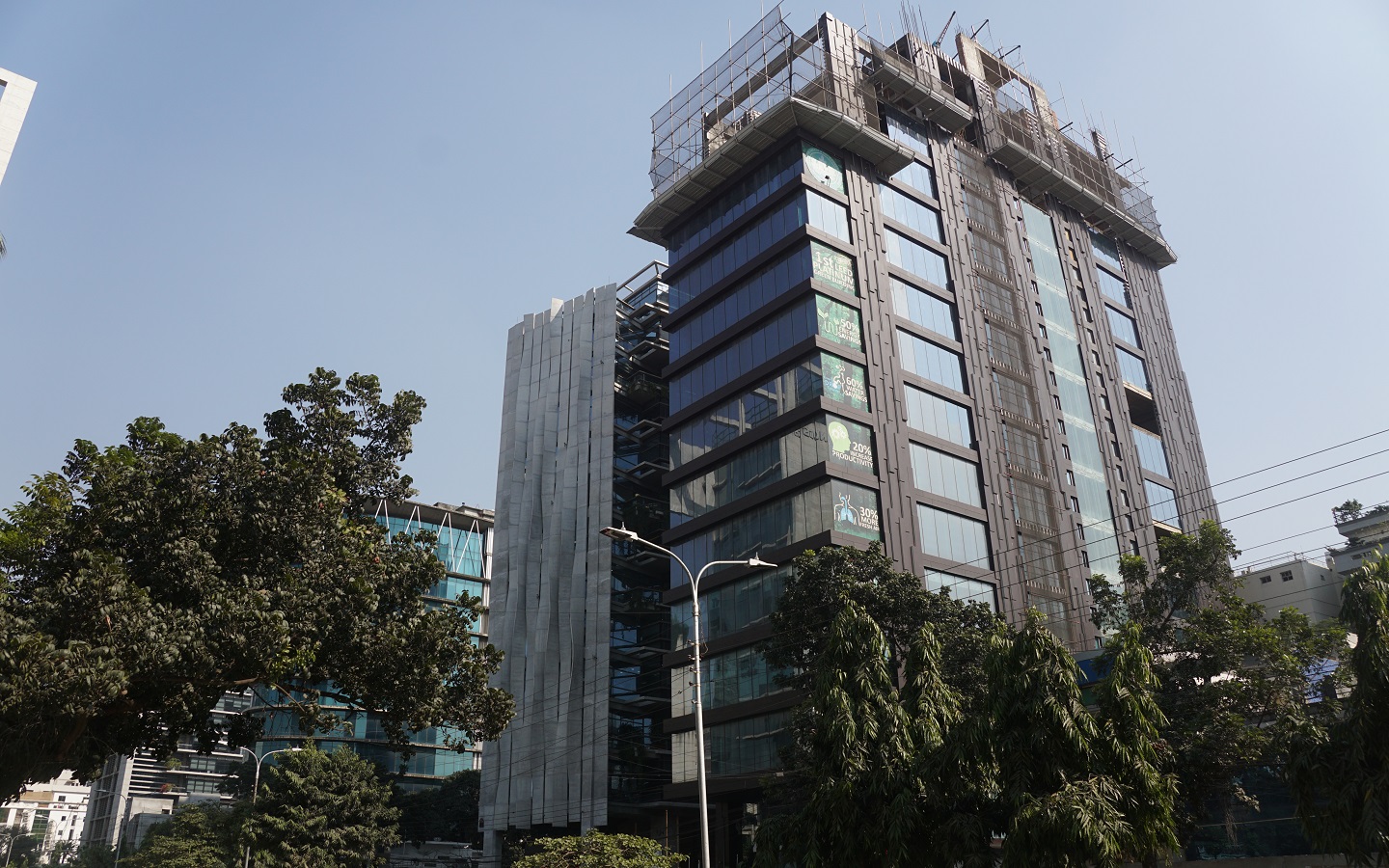
Cityscape Tower is the first Platinum certified commercial LEED certified building in Dhaka. The building scored 81/110 in the LEED Certification scorecard. The developers of the building, Cityscape International Ltd, have gone leaps and bounds to ensure a LEED Platinum Certification. The building scored highly in each of the seven factors, including 10/10 in Water efficiency. Special features of the building include energy efficient air conditioning, CO2 and CO sensors for air quality. On-site water treatment, and rain water harvesting is also present. The roof also contains 18 KVA solar panels. Cityscape Tower is also the first building with full wooden cladding in Bangladesh, making it unique from the glass towers seen in Gulshan Avenue nowadays. Its renewable energy solar system results in the building consuming 44% less energy and 60% water savings compared to buildings situated nearby.
Saiham Tower (LEED Platinum Certification)

Attaining LEED Platinum certification in 2018, Saiham Tower scored 80/110 in the LEED certification scorecard, with Saiham Properties striving for the best in class when it comes to sustainable building. The facility makes use of various optimization methods, resulting in a very high score in each criterion, including 23/37 in Energy & Atmosphere. Saiham Tower’s environmentally friendly features include efficient HVAC design for energy efficiency, water use reduction and rain water harvesting facilities. Natural lighting and air, recycled construction materials, and LEED compliant faucets and fixtures are also present. The Curtain Wall glass used in the building’s exterior helps with maintaining proper daylight reaching the insides of the building, temperature control, as well as its aesthetics, making the building both functional and aesthetically pleasing.
Simpletree Anarkali (LEED Gold Certification)
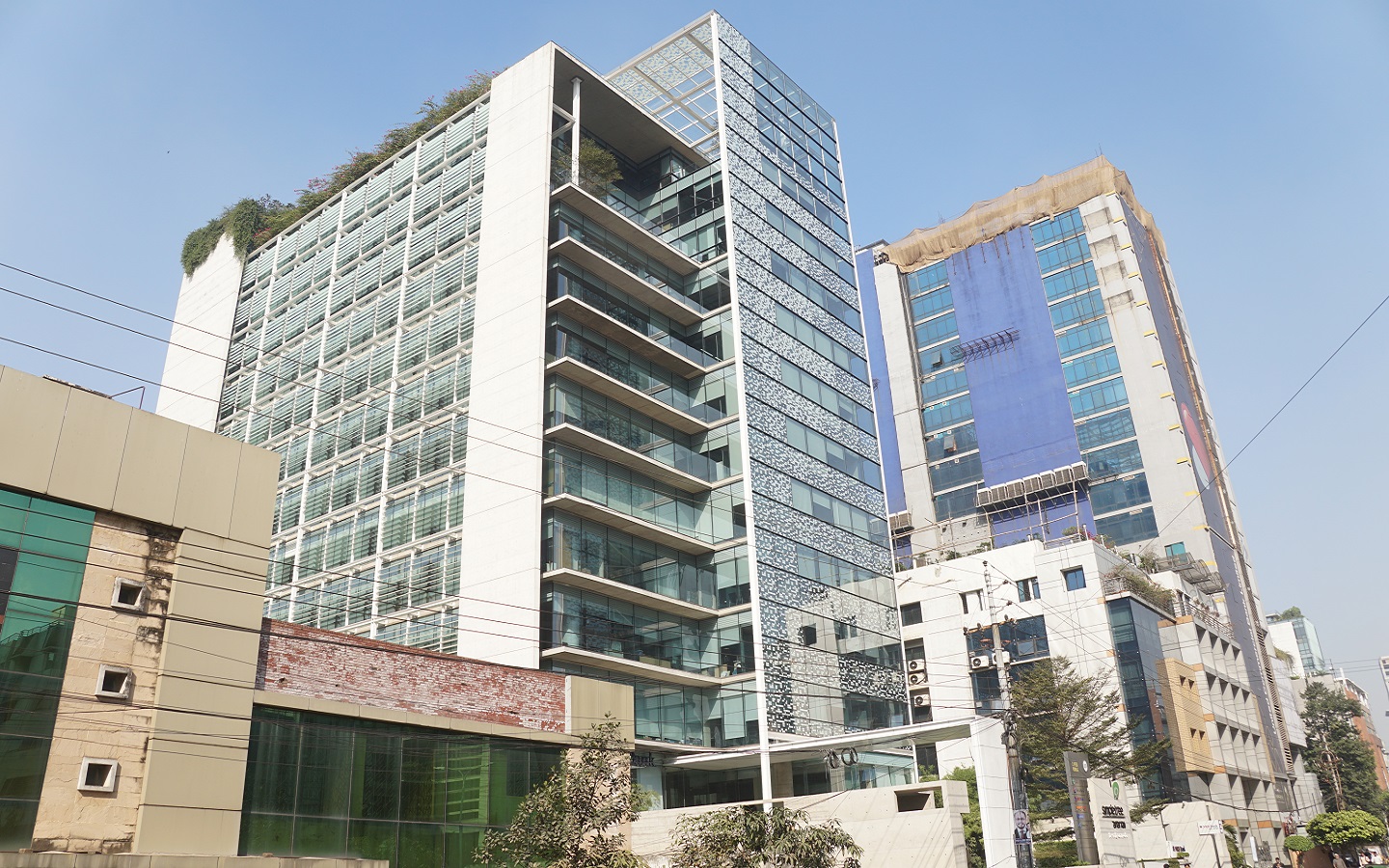
The LEED Gold Certified building is the first core and shell constructed LEED certified building in Bangladesh, scoring 71/110 in the LEED certification scorecard. Simpletree Anarkali embodies water conservation, energy efficiency, and sustainable building. It scored well in each of the certification criteria, including 25/28 for Sustainable Sites. The forecourt in the roof consists of 65.3% vegetation. Rain water and recovered water helps with irrigation of the vegetation.
The water recovery facilities of Simpletree Anarkali help it achieve 25% reduction in rainwater runoff and 41% decrease in the use of portable water. Furthermore, all the wastewater created on site is subject to Tertiary Treatment. The building also is 12.5% more energy efficient. The western side of the building has double low-e, ceramic fritted glazing panels fitted, helping it keep up with the mandatory SHGC (solar heat gain coefficient) value, while adding to the aesthetics with the display of urban artwork on the west façade.
Shahjalal Islami Bank Corporate Headquarters (LEED Gold Certification)

Shahjalal Islami Bank Ltd has set the tone for other banks to follow by making the first-ever LEED Gold Certified bank headquarter in Dhaka. The building scoring 68/110 on the LEED certification scoreboard. Volumezero architects designed the building with the LEED certification in mind. The building had good scores in every criterion, including a score of 9/15 in Indoor Air Quality.
The front of the building faces east, with layers of glasses serving different functions. The first layer consists of horizontal bands containing ceramic fretting, which provides heat resistance. The second layer consists of glass fins with low thermal emissions. These fins run through the length of the building. Horizontal shading covers the southern side of the building, helping further with indoor temperature control. The core of the building acts as a buffer from the heat coming in from the west. This intricate layering of the glass shell also results in an aesthetically pleasing form factor for the building.
All in all, the LEED Certified buildings in Dhaka mentioned above are torch bearers in sustainable buildings. In the midst of the concrete giants that we can see in the skylines of Dhaka, the newly built LEED certified buildings in Dhaka are a fresh breath of air. The LEED certified buildings in Dhaka are also helping towards making a greener, cleaner, and more sustainable Dhaka.

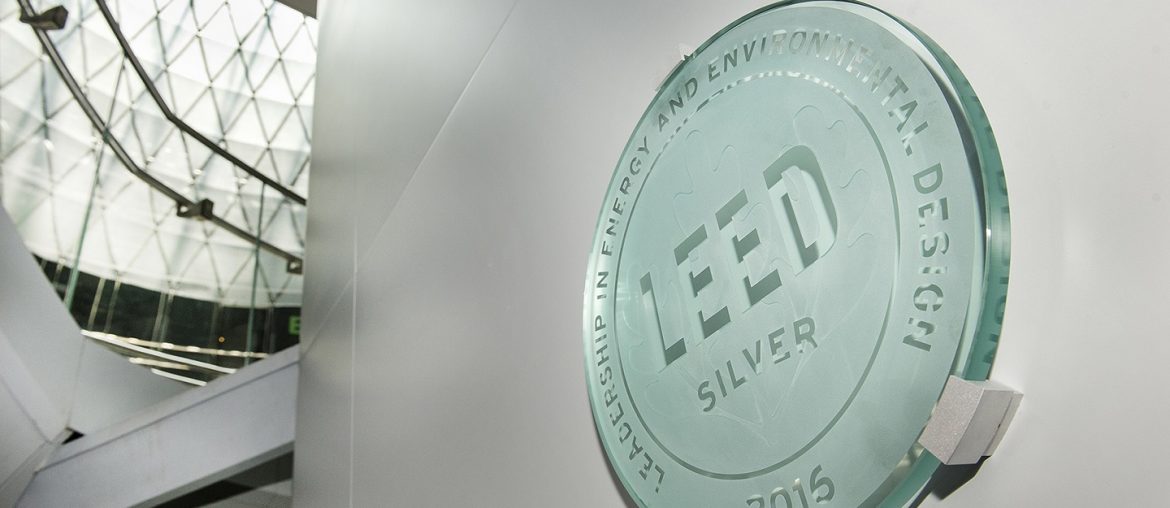
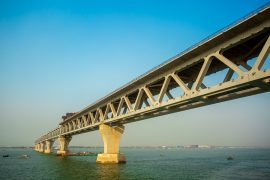
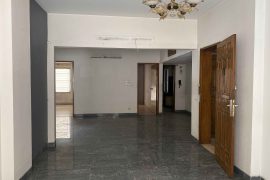
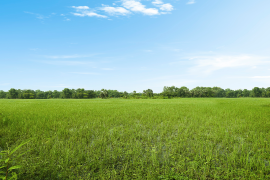
1 Comment
Very helpful article. I like to thank the publisher.
Md. Golam Rahman,
LEED AP BD+C
MSc Env Sci, JU
Managing Director
Lead Consulting Limited